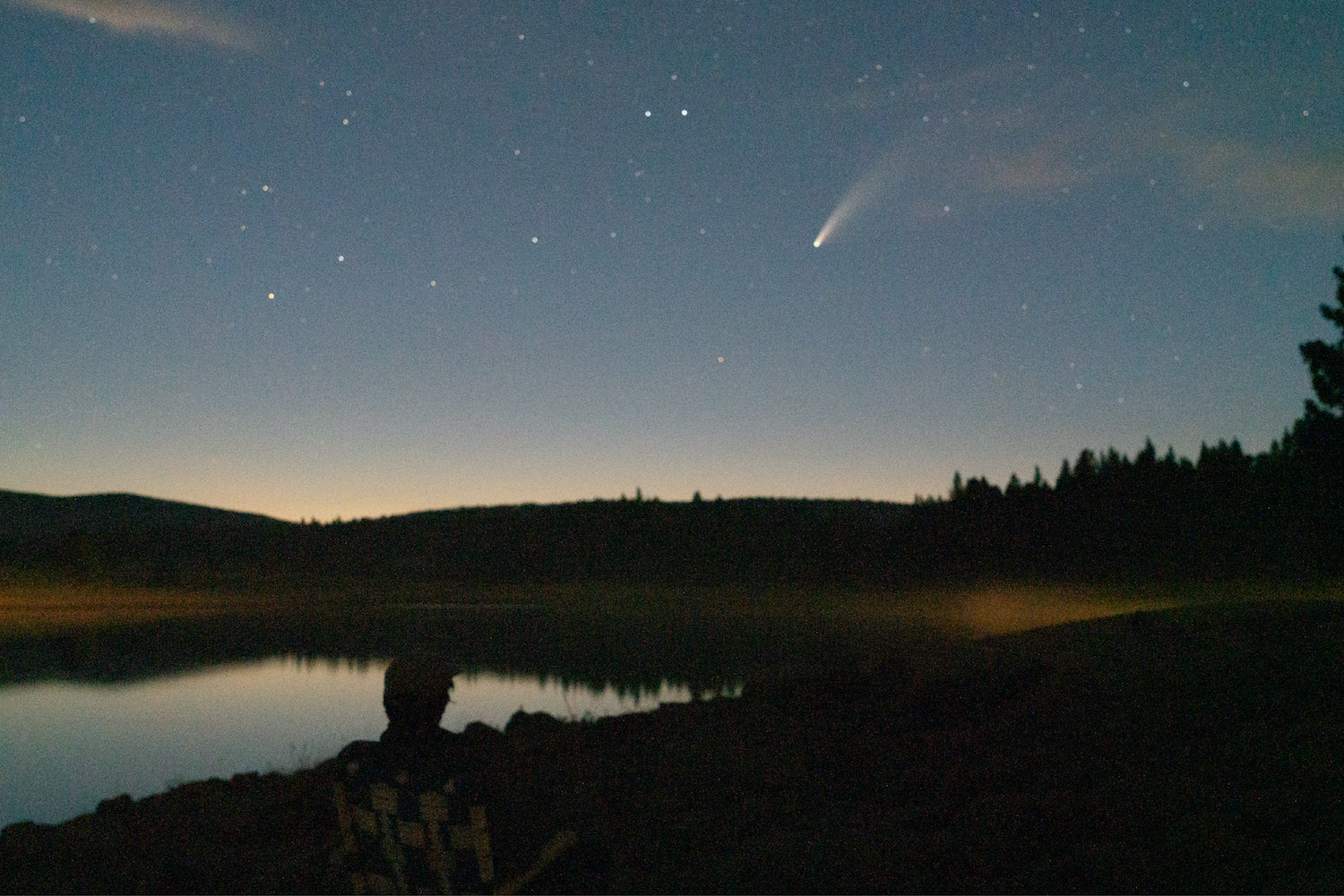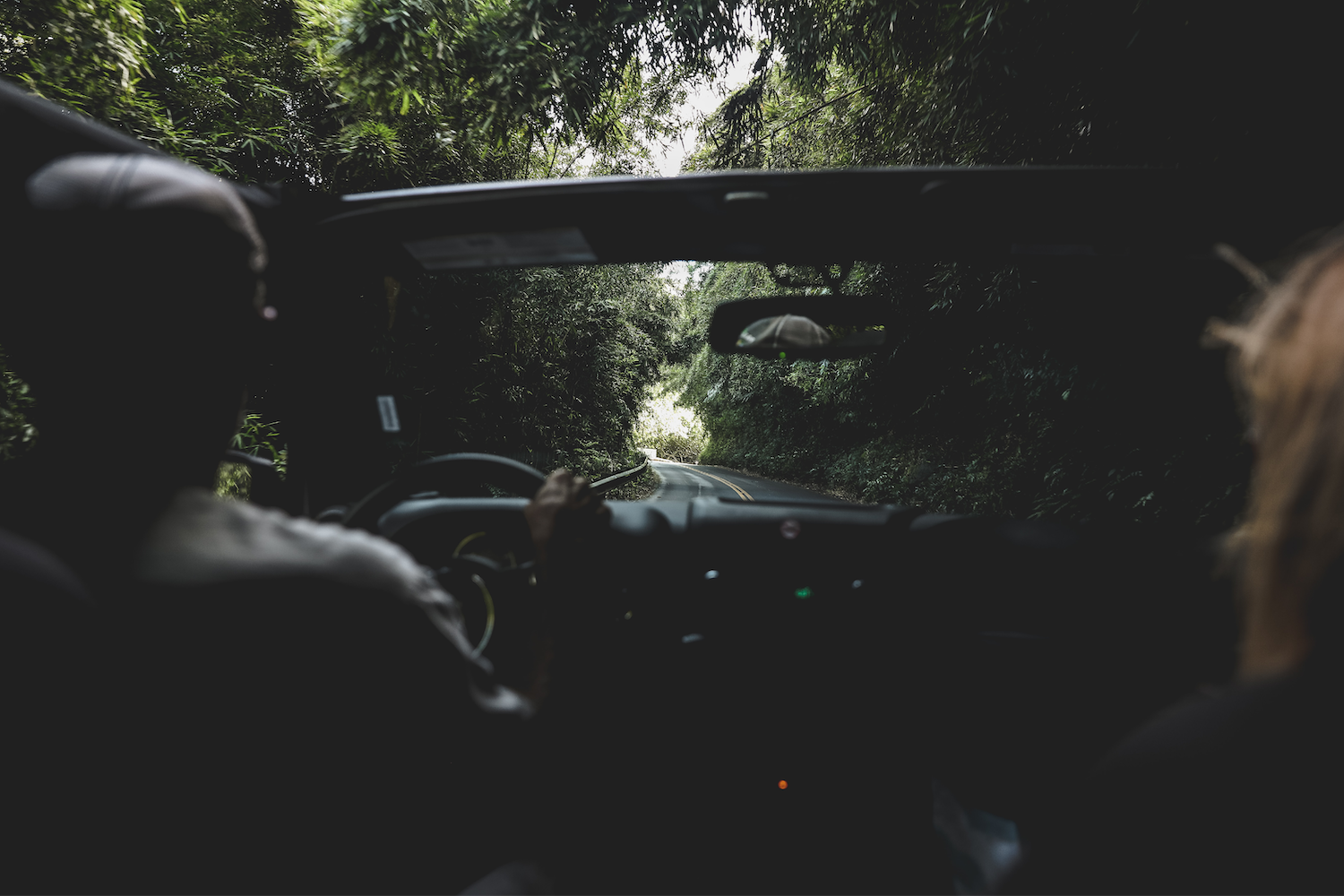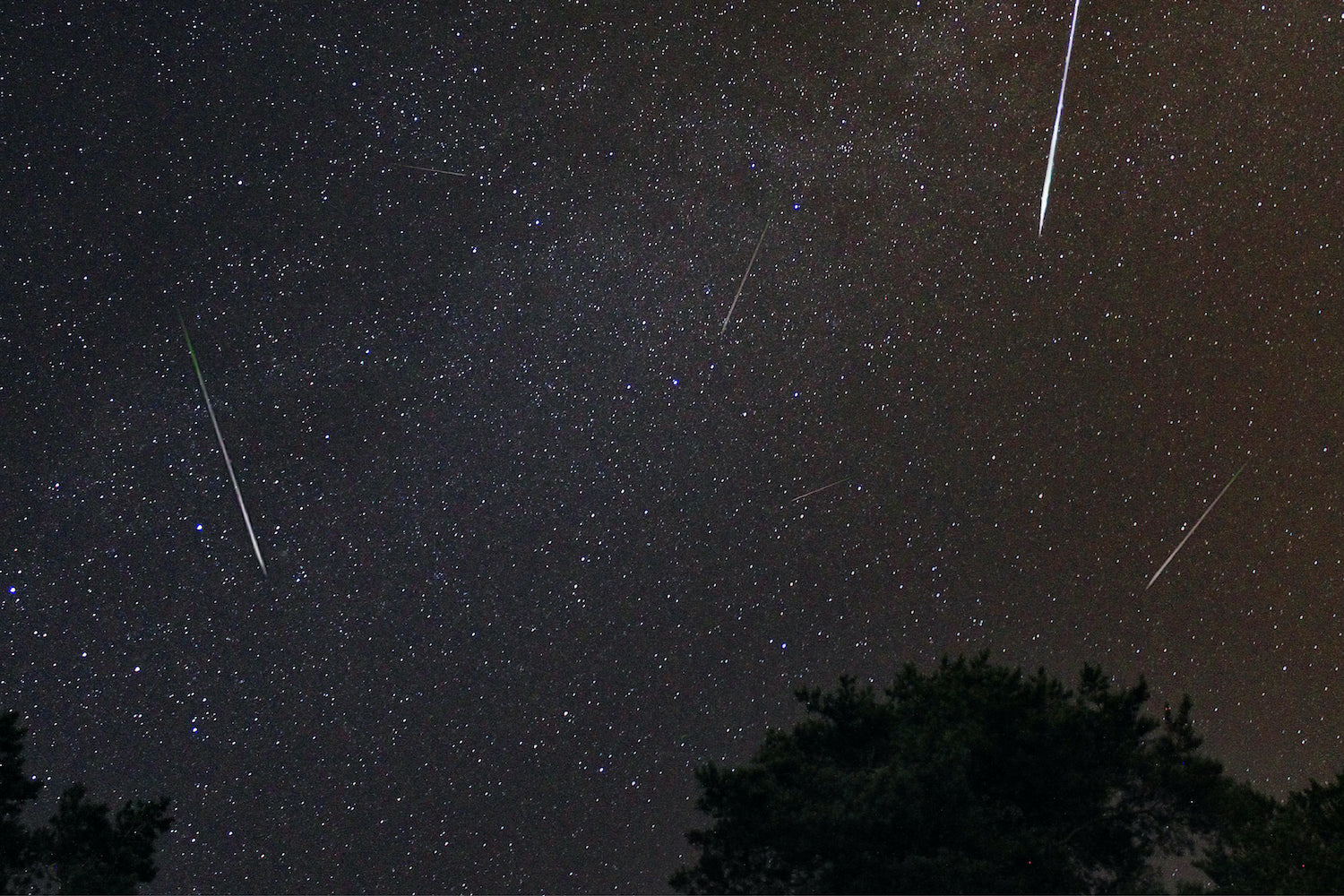If you're a stargazer like I am, you probably know that the comet Neowise is hurdling through space this week and just so happens to be within view of our home planet. Here's how you can take advantage of this incredible spectacle of interstellar space and catch a glimpse of one of the Universe's most unique creations before it's gone.
When and where to see Comet NEOWISE
From mid-northern latitudes of the northern hemisphere, you need to look to the northwest about an hour after sunset. Neowise will reveal itself just a bit north of where the sun sets and almost directly under the big dipper. Throughout the night, the comet will move towards the northwest the later you look at it. It never sets, at least for now.
How to see Comet NEOWISE
One of the really cool aspects of Neowise is that you can see the comet with your naked eye. However, you need to use “averted vision” to get the most out of it. Find the comet, look slightly away from it, and your eyes will much better appreciate its brightness. It sounds weird, but trust us, it works wonders. Staring at it directly actually diminishes the light emitted from it.
Still, if you want the best possible view, use binoculars. That way, you'll get an incredible view of the current nucleus and its tail of dust and gas.
If you have a good camera...
Now here's where the real fun begins. Last week, a group of us went up to Lake Tahoe to camp and view the comet from the Sierra Nevada Mountains. Being the photo person that I am, I brought along my Sony A7Riii, wide-angle lens, and tripod. If you've never shot in manual before no worries, we got your setting covered... sorta... (I'm still figuring out astrophotography myself) but nonetheless you'll get a very clear image of the comet hurtling through space, with the split tail that makes it all that much more awe-inspiring.
Camera Settings:
- Aperture (F): Keep it low. I was shooting around 3.5 - 6
- ISO: Keep it between 32,000 and 8,000. This will help with your camera's light sensitivity meaning the sensor will be apt to pick up the faintest of light in the night sky.
- Shutter Speed: Nice and long, I'd advise 10 or more seconds for your shutter speed.
The Tripod is a must but, if you don't have one there are ways around it. I've set up rocks and other rigs using what I could to create stability. If the camera isn't stable while taking the shot, the shot just won't turn out. So, use a tripod or get creative.
----
These photo tips work for other aspects of Astro-Photography as well... Like this shot of the milky way from the same night. 
PS. That super bright star about halfway down the image on the left, that's actually Jupiter





